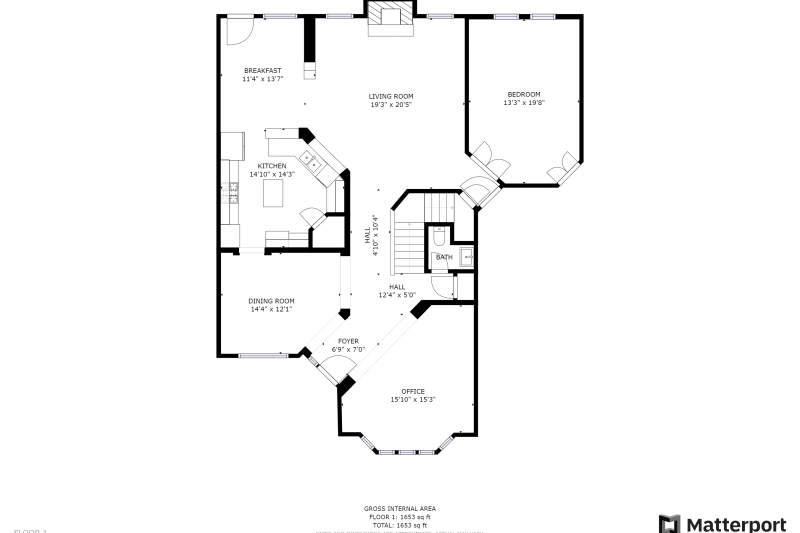Technology is changing the way consumers are sourcing products and services. The increasingly important role that online sales will play in the business landscape is readily apparent when one looks at the latest research by companies such as eMarketer which recently published its analysis of trends that will be driving eCommerce growth. These figures show that eCommerce has experienced a staggering 265% growth rate in recent years, from $1.3 trillion in 2014 to an anticipated $4.9 trillion by 2021.
This trend has been accelerating over the past months due (in large part) to the effects of the regulations and necessity for isolation that have become common in the days of the COVID-19 Pandemic. People are simply not comfortable gathering in enclosed spaces or are prevented from doing so. This has had an effect on the Real Estate industry – with traditional show days becoming challenging.
However, technology is affecting the ways that realtors attract buyers and feed their sales funnels- with 3D virtual showings becoming increasingly common. The realtors using this technology have also enjoyed a raft of other benefits.
Firstly, the increasing use of immersive 3D technology by consumers has rendered traditional marketing materials less and less effective. In the past photographs, sales brochures and video (even if available online) were tools used to attract attention and motivate in-person attendance at show days. Now potential buyers want that personal experience of viewing the property and how its space and attractions suit their individual lifestyles – but do not physically want to be at the property. 3D Virtual showings allow for this – and save the realtors significant amounts of money when it comes to producing traditional marketing material. However, it is also worth noting that the mix between active and passive marketing approaches can be extremely effective. Using marketing tools such as online photos, slideshow, and video, as well as 2D drawing – and then allowing the potential buyer to virtually visit the property may be the future of the real estate industry.
However, the power of 3D virtual shoeings is difficult to ignore. So pervasive has this technology become that a recent survey in the United States shows that 20% of all offers on properties were made by buyers who did not visit the homes in-person. Given the continued advances in the technology – and trend analysis of online behavior (for instance the fact that 55% of buyers went online as the first step to making their purchase), there is no reason to think that this number will not continue to grow. Those real estate agents who choose not to use the technology will be at a very real competitive disadvantage.
Sellers are also the beneficiaries of advances in 3D technology. Real estate companies report that sales time decreased by over 30% when this technology is used. People simply value the ability to examine property from all angles and the ability to spend more time on the site – even if is a high-tech virtual representation.
In short, the use of 3D virtual showings proves a win-win situation for all those involved. It increases time on site by prospective buyers, time to sale is decreased and even the final selling price is positively affected, meaning that sellers see more value for their investment. This is a marketing approach that simply cannot be ignored.



